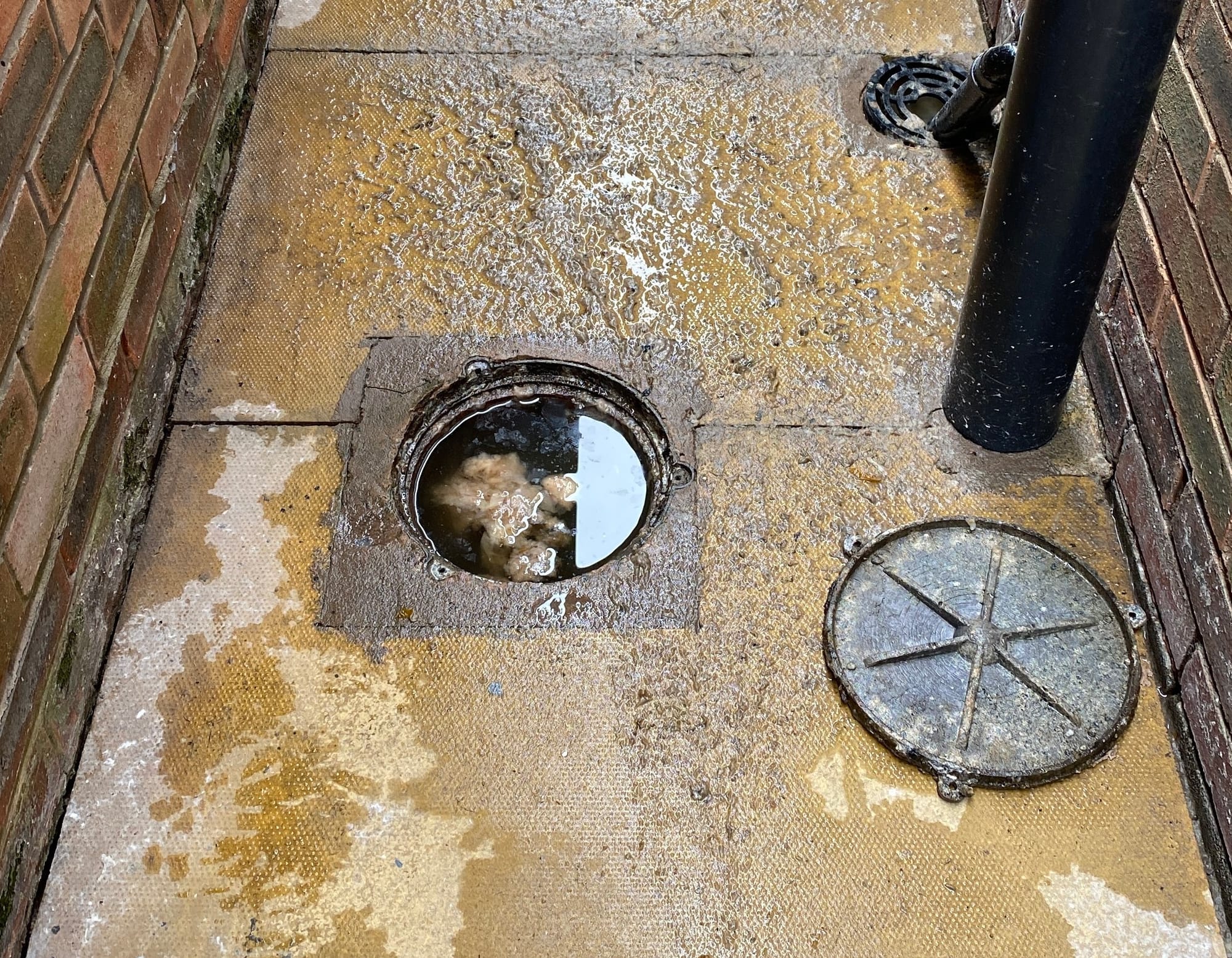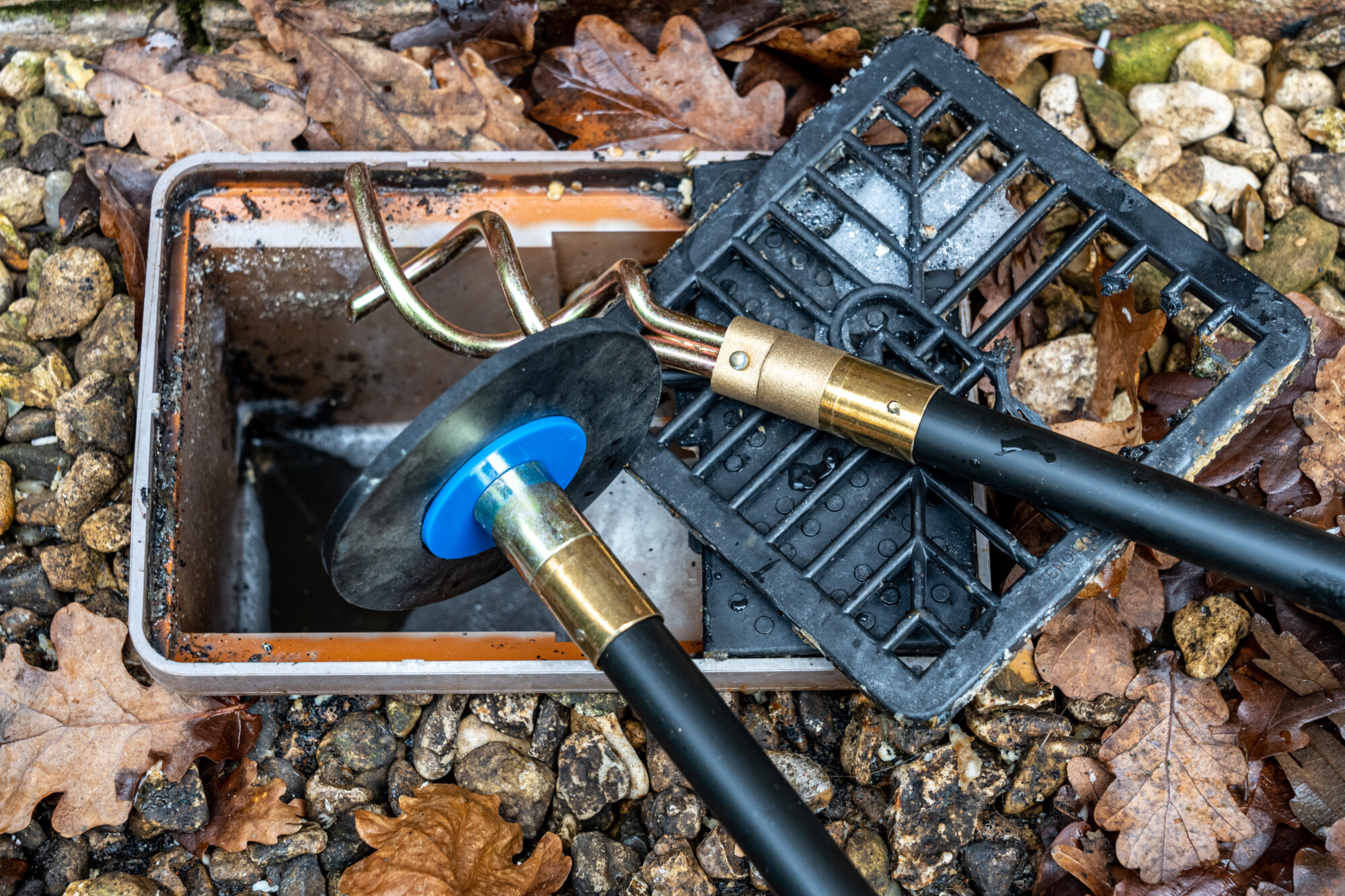How do you feel about Some easy tips to fix blocked drains?

Introduction
Taking care of an obstructed drainpipe can be a discouraging experience, disrupting everyday activities and potentially causing damage to your property. However, prior to reaching out to plumbing professionals, there are steps you can take to resolve the problem on your own. In this overview, we'll discover do it yourself solutions and safety nets to take on an obstructed drain efficiently.
Determining the Issue
The initial step in dealing with an obstructed drain is recognizing the signs. Slow-moving drainage, gurgling sounds, foul odors emanating from drains, or water backing up are common indicators of an obstructed drainpipe. Determining these indications early can assist protect against further problems.
Common Reasons For Obstructed Drainpipes
Comprehending the aspects that add to drain pipes obstructions is necessary for efficient resolution. Common perpetrators consist of hair, soap scum, grease, food debris, and international things like sanitary items or paper towels. Tree origins attacking underground pipelines can likewise create considerable blockages.
DIY Solutions
For small clogs, several DIY solutions can be efficient. Putting boiling thin down the drainpipe can assist dissolve grease and debris. Sodium bicarbonate and vinegar or a combination of salt and baking soda can serve as natural cleaners. Making use of a plunger or pipes serpent to remove blockages is an additional option.
Devices and Equipment
Having the right tools handy can make DIY drain cleaning up more reliable. A bettor is a versatile device for getting rid of clogs in sinks, toilets, and showers. A plumbing snake or auger can get to much deeper obstructions, while drain cleansing chemicals can be utilized very carefully for stubborn blockages.
Safety nets
To prevent future blockages, adopting preventive measures is vital. Set up drainpipe guards or filters to capture hair and debris prior to they get in the pipelines. Frequently flush drains with hot water to dissolve grease accumulation, and prevent throwing away oil or solid waste down the drain.
When to Call a Specialist
While DIY remedies can settle small blockages, certain signs suggest the requirement for expert help. Persistent blockages, foul odors in spite of cleansing efforts, or multiple drains backing up at the same time are warnings that require expert treatment.
Selecting the Right Plumbing Solution
When choosing a pipes service, think about factors such as experience, licensing, and consumer evaluations. Select a trusted plumbing professional with a record of top quality workmanship and transparent pricing techniques.
Price Considerations
The expense of expert drain cleaning services can differ depending upon the intensity of the obstruction and the plumbing professional's prices. Demand quotes from numerous providers and ask about any kind of additional charges to guarantee transparency and prevent surprises.
Security Measures
When attempting DIY drain cleansing, focus on safety. Put on safety gloves and eyeglasses to avoid contact with hazardous chemicals or microorganisms. Never blend different drainpipe cleaning items, as this can produce harmful fumes.
Situation Researches
Real-life examples illustrate the performance of DIY options and the relevance of timely professional intervention in settling drainpipe obstructions.
Verdict
By adhering to the tips described in this overview, you can properly tackle blocked drains pipes and protect against future plumbing issues. Whether opting for DIY options or looking for specialist help, prompt activity is crucial to maintaining a healthy and balanced plumbing system and preserving the stability of your home.
WHAT I LEARNED FROM TRYING TO DEAL WITH A CLOGGED DRAIN
We have had our share of seepages and other annoying things that are part of living, especially in an apartment complex. And if there’s one thing that’s terrifying for a homeowner—or even someone in a rented home—it is a clogged drain, indoors or outdoors.
We enjoy our living space, but it’s simply a fact of life that dead skin, soap and a host of other items go down the drain; eventually, the residue builds up and prevents anything from moving. Ugh.
Not Calling A Professional
Of course, it might seem simple to just whip the pipe off under the sink and see if you can unblock it. Unfortunately, what if the blockage isn’t there, or you don’t reconnect it properly? Worse, you might break a piece and have no drainage system. Can you imagine that scene? Yuck!
Not Watching Your Waste
This will sound d’uh, but the best tip I can give you for drain cleaning is to avoid clogging the drain in the first place! You can do this by monitoring what goes down the drain and catching the items which are most likely to give you a problem. Invariably hair, vegetable peels, and large wads of toilet paper are the most obvious culprits. Add a filter—these are available in hardware stores and can be removed and cleaned easily.
Poking The Drain
The first urge with a clogged drain is to poke at it with a stick or anything that resembles a stick. Sadly, this does not result in magically solving the issue. The mental image is, naturally, one of the stick just pushing through the offending item and all is well again. Reality is quite different and unpleasant and likely to lead to further problems.
The thing is, every drain has a series of bends that are not visible to us. Drains are built this way to prevent gases from entering the house. What happens when you poke a stick into the drain? Of course, it can’t bend around the corner. The more adventurous people will use force and end up wedging the stick or causing it to break off in the pipe—creating an even bigger issue. Worst thing? The stick will shift the block further down the pipe, creating the space for more to collect. Go ahead! Roll your eyes!
Using The Wrong Plunger
You know what they say: the right tool for the right job! Did you know there are different types of plungers besides the basic one we keep at home for an emergency? Yes, there are. For example, the toilet plunger has a bell-shaped bottom while the sink plunger is flat. This is an important difference and using the wrong plunger will be useless. There’s also a knack in using plungers—they must be placed in such a way that they create an airtight seal and then, moved slowly up and down—not as fast as we imagine.
https://vidyasury.com/2018/01/learned-trying-deal-clogged-drain.html

I am very excited about How to handle a clogged drain in your home and I really hope you enjoyed reading my blog post. Enjoyed our blog entry? Please share it. Help another person check it out. Thank you for being here. Don't hesitate to check up our blog back soon.
Book Service